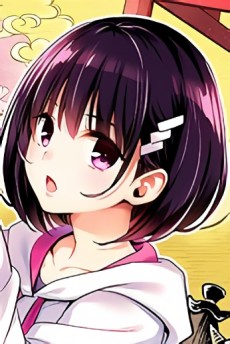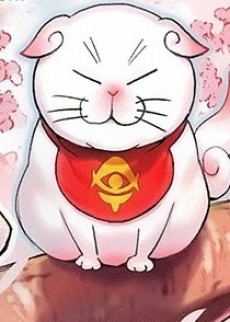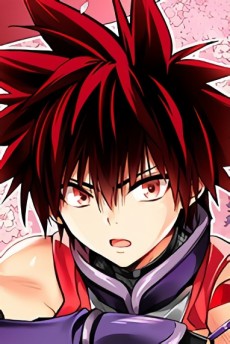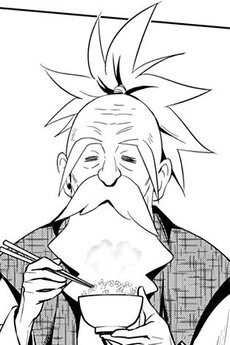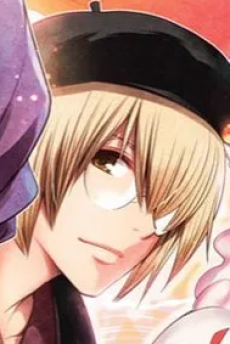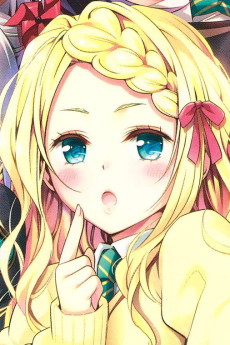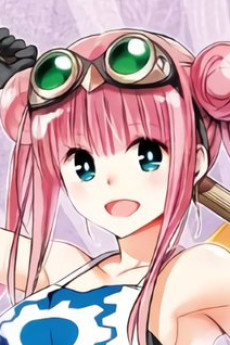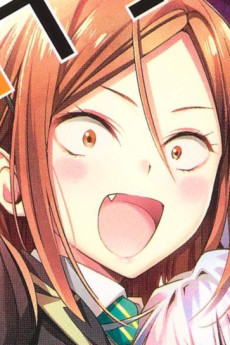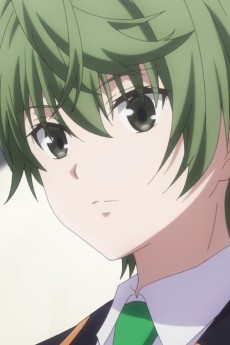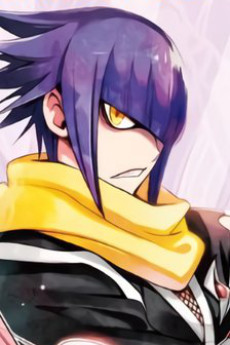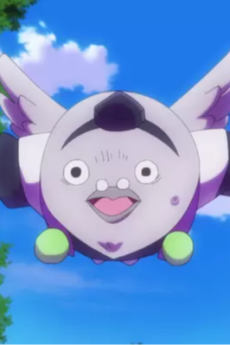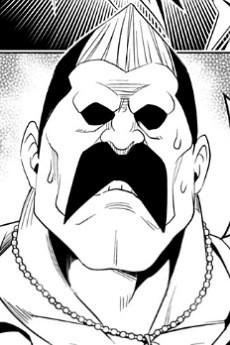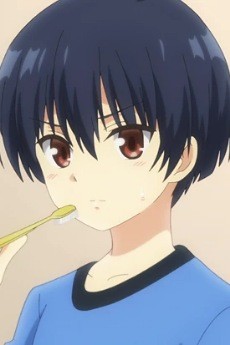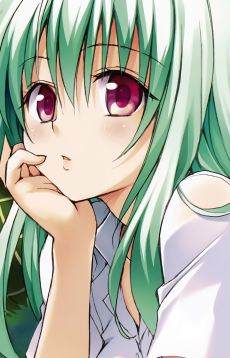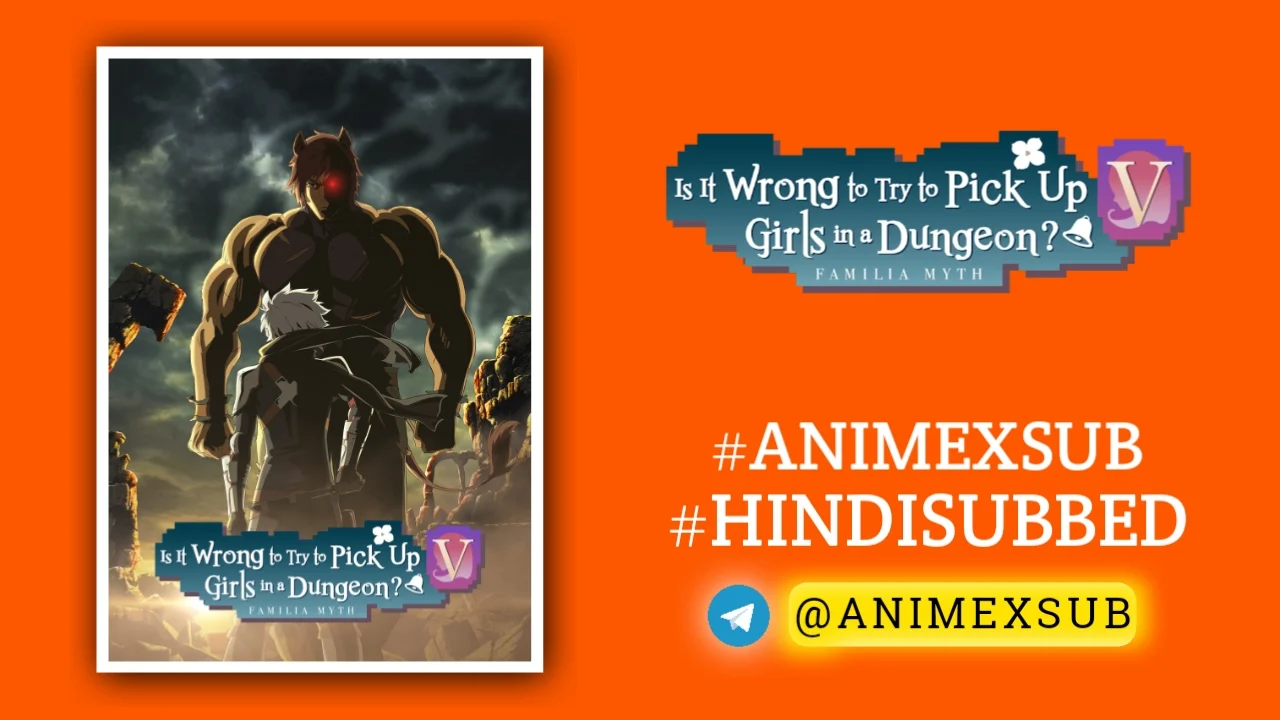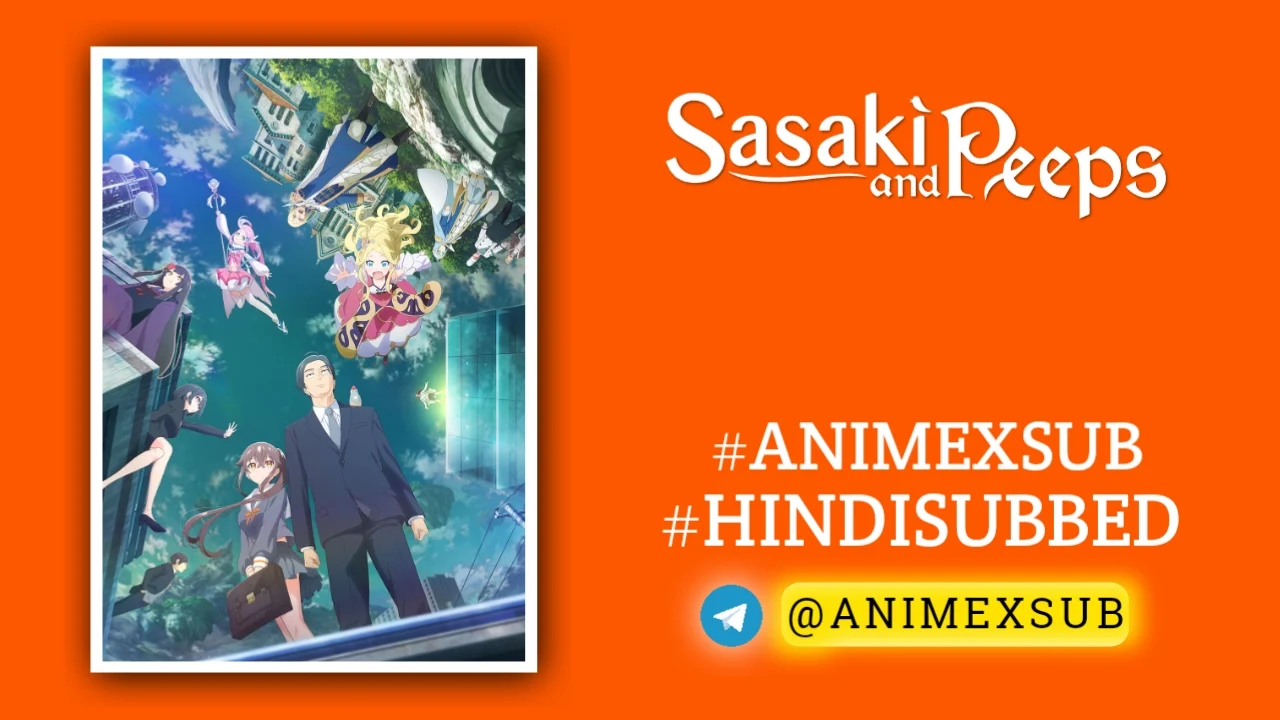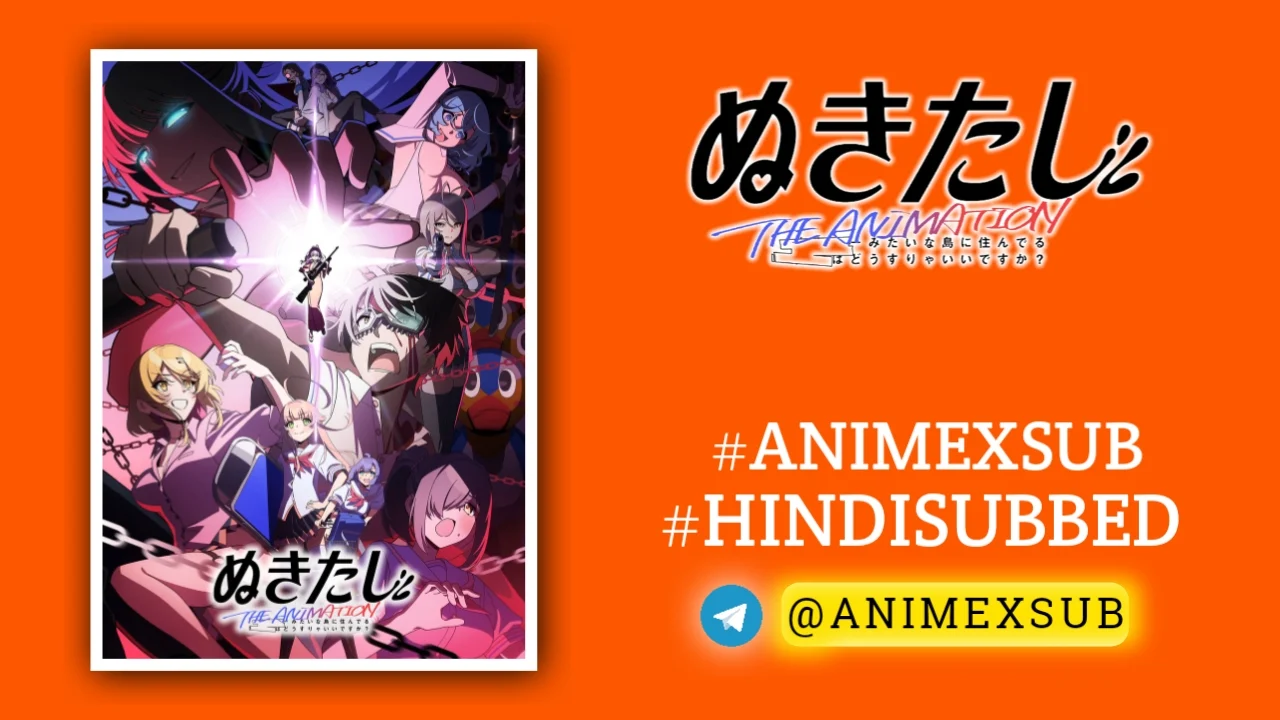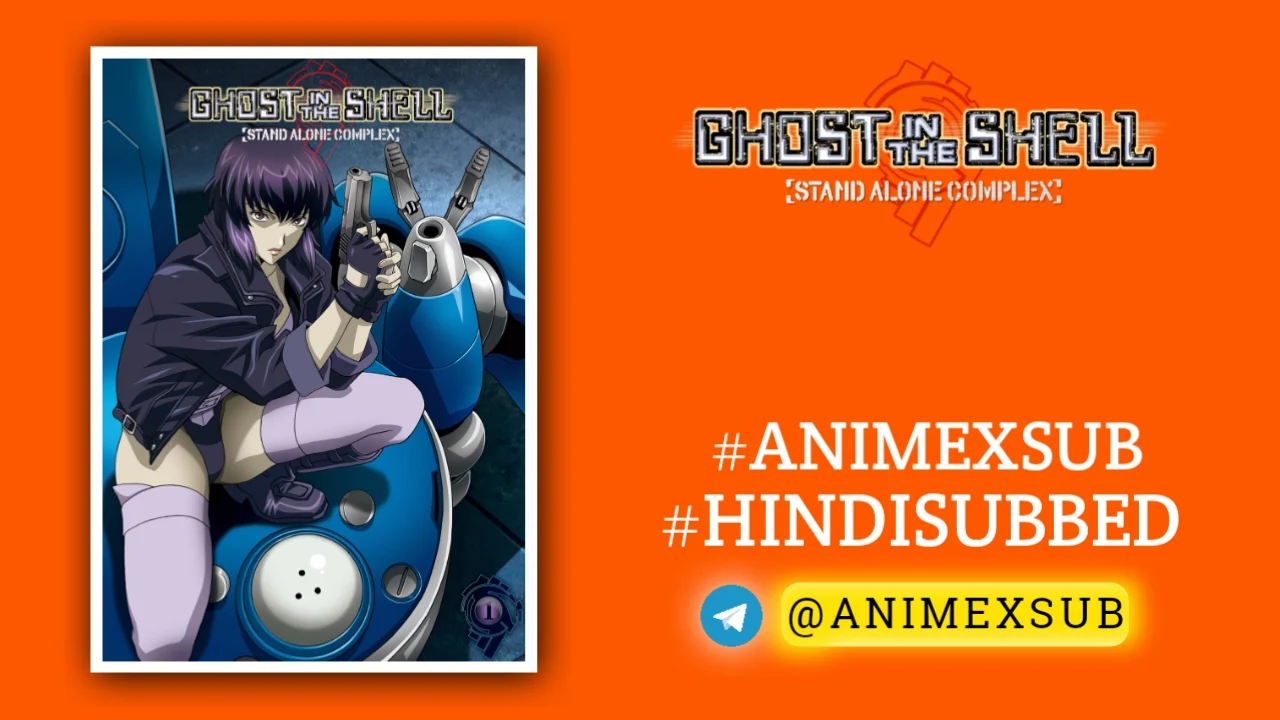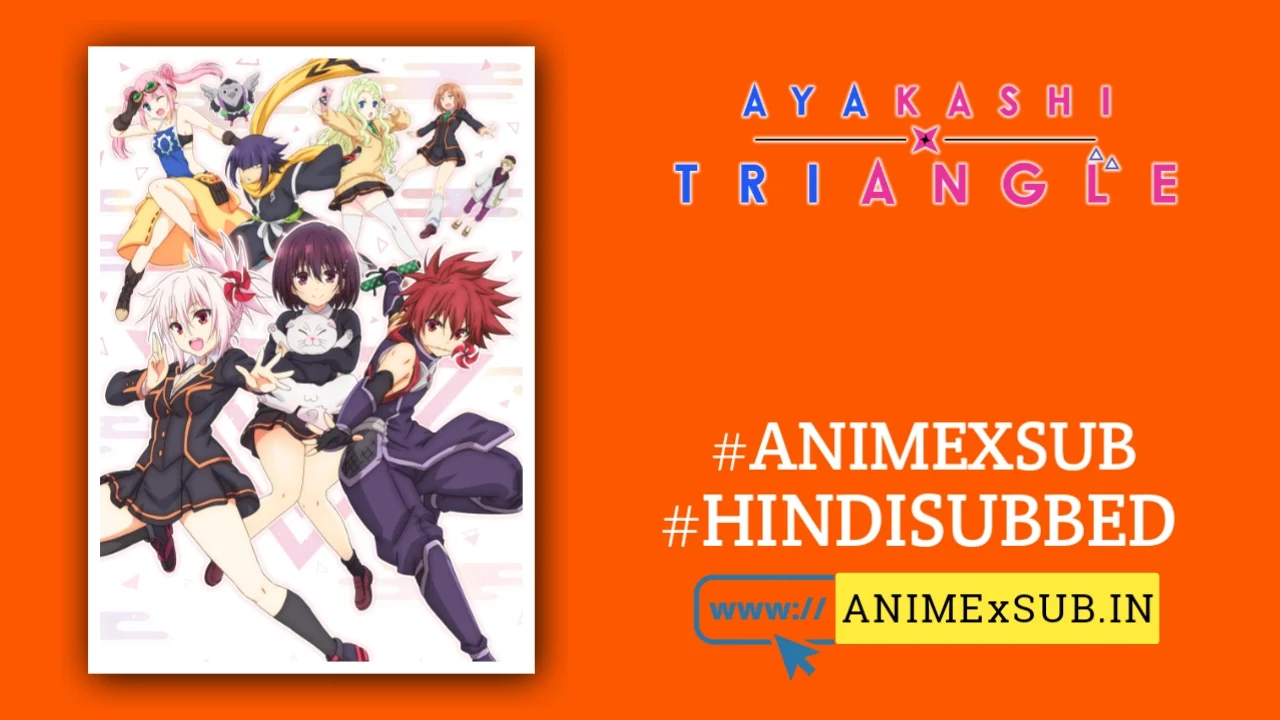
Ayakashi Triangle Season 1 Hindi Subbed [12/12] {Complete}

Ayakashi Triangle
Ayakashi TriangleSynopsis
Japan may be brimming with mysterious monsters called ayakashi, but they have a special exorcist ninja force to counter the threat! Young exorcist ninja Matsuri spends his days fighting ayakashi to protect his childhood friend Suzu. But when an ayakashi cat named Shirogane shows up, things get turned upside down! (Source: MANGA Plus)
Watch Trailer
Characters
Unveiling the Spectral Veil: Ayakashi Triangle’s Fusion of Folklore and Fluidity
In the shadowed underbelly of modern Japan, where ancient spirits clash with adolescent turmoil, Ayakashi Triangle emerges as a narrative tapestry woven from threads of supernatural intrigue and introspective romance. Crafted by Kentaro Yabuki, whose legacy includes the provocative ecchi landscapes of To Love-Ru, this series transcends its genre trappings to probe the essence of identity and desire. Season 1 of the anime adaptation, spanning 12 episodes aired intermittently from January to September 2023 due to production hurdles, distills the manga’s early arcs into a whirlwind of battles, banter, and budding affections. Yet, beneath the surface of its gender-bending antics lies a profound exploration of how love defies binary confines, challenging viewers to reconsider the boundaries of attraction in a world teeming with unseen forces.
Echoes of the Unseen: The World of Ayakashi and Exorcist Ninjas
At its core, Ayakashi Triangle inhabits Omiko City, a quaint rural enclave in Japan that harbors a hidden realm of ayakashi—ethereal spirits born from human emotions, folklore, and untamed energies. These beings, invisible to most, draw sustenance from haku (life force) and kon (spiritual energy), manifesting as whimsical companions or ravenous predators. The series masterfully integrates Japanese yokai mythology, from spider-like arachni to shadowy clones, while subtly incorporating global folklore, such as the icy Russian-inspired Rochka in later manga chapters that hint at the anime’s untapped potential. Exorcist ninjas, like the protagonist Matsuri Kazamaki, serve as humanity’s clandestine guardians, wielding enchanted tools and jutsu to seal or banish threats. This setup evokes classic yokai tales like those in GeGeGe no Kitaro, but Yabuki infuses it with a modern twist: the ninjas’ high-tech gadgets and school-life integration blur the line between ancient ritual and contemporary chaos, creating a vibrant ecosystem where the supernatural permeates everyday mundanity.
The anime’s first four episodes, aired without delay, establish this duality with fluid efficiency. Matsuri, a prodigious teen exorcist from the esteemed Kazamaki clan, patrols the streets in his form-fitting uniform, which transforms him into an invisible warrior. His grandfather, Seigen, a retired master with a penchant for idol videos, provides comic relief while underscoring the clan’s storied legacy. Yet, the true innovation lies in the ayakashi’s diversity: benign entities like floating fish spirits contrast with malevolent ones, such as the devious cat-like Shirogane, forcing characters to navigate moral ambiguities. This thematic layering—where not all spirits are evil—mirrors real-world folklore’s nuanced portrayal of the otherworldly, inviting audiences to question knee-jerk judgments in both supernatural and human realms.
Transformations and Turmoil: Matsuri’s Metamorphosis and Its Ripples
The inciting incident unfolds in Episode 1, “Matsuri, Suzu, and Ayakashi,” where Matsuri’s world inverts in a single, spellbinding curse. Tasked with shielding his childhood friend Suzu Kanade—an ayakashi medium whose overflowing haku makes her a beacon for spirits—he confronts Shirogane, the 400-year-old King of Ayakashi disguised as an innocuous white cat. In a desperate bid to thwart Shirogane’s feast on Suzu’s essence, Matsuri seals the king’s powers into a sacred scroll. But Shirogane’s parting gift is the “Gender Swap Awakened” jutsu, transforming Matsuri into a strikingly beautiful girl with silver hair and an unwittingly alluring figure. This twist, absent in Yabuki’s prior works, propels the narrative into uncharted territory, turning a standard protector trope into a profound identity crisis.
Episodes 2 through 4 delve into Matsuri’s adaptation, blending humor with heartfelt vulnerability. As “girl Matsuri” enrolls at Hokusai High School, she grapples with fundoshi undergarments, accidental upskirt mishaps, and the bewildering dynamics of female friendships. Suzu, voiced with earnest warmth by Miyu Tomita, becomes Matsuri’s anchor, offering dumplings infused with her haku to befriend the now-domesticated Shirogane (Tesshô Genda’s gruff delivery adds layers of reluctant charm). Their interactions reveal the series’ emotional depth: Suzu’s unspoken crush on Matsuri evolves into confusion over her persistent affection, prompting introspective monologues about whether love hinges on gender. Matsuri, originally straight and oblivious, confronts his unchanged feelings, echoing themes of sexual fluidity that Yabuki explicitly intended to explore beyond mere romance.
The production delays—episodes 5 and 6 airing in March 2023, followed by a full rerun in July—mirrored the story’s theme of interruption and resumption, but ultimately enriched the viewing experience by allowing manga’s progression. Minor anime deviations, such as reordered scenes in Garaku’s introduction (Episode 6), streamline pacing without diluting the manga’s essence, though some manga-exclusive subplots like extended family lore are condensed. Visually, Connect’s animation shines in action sequences, with wind-manipulating jutsu rendered in dynamic sweeps, while ecchi elements are playfully censored via Shirogane’s floating, scandalized face—a meta nod to broadcast constraints that enhances the comedy.
Entwined Destinies: The Love Triangle and Moral Quandaries
As Season 1 progresses into episodes 7-12, the titular triangle solidifies, weaving romance with ethical dilemmas. Shirogane, stripped of his regal might and reduced to a grumpy housecat, schemes to reclaim his scroll while forming an unlikely bond with Suzu. This evolution humanizes the antagonist, transforming him from a devourer into a tsundere ally, and underscores the series’ motif of coexistence over extermination. Matsuri’s dual role—as protector and reluctant participant in girl-group antics—highlights gender role reversals: Yayoi Toba’s clumsy affections and Lucy Tsukioka’s spirit photography mishaps inject levity, but also expose Matsuri’s internal conflict over vulnerability.
Key arcs, like the Omokage shadow clone (Episode 5) and Ikon possession (Episode 7), escalate stakes, revealing Suzu’s latent powers as a potential “ayakashi god.” These moments force character growth: Matsuri learns to harness advanced techniques, such as wind barriers, while Suzu confronts her medium heritage, training under enigmatic figures like the artist Garaku Utagawa. The Jinyo arc (Episodes 10-12) culminates in a bittersweet climax, where alliances fracture and reform, emphasizing harmony between humans and spirits. Shirogane’s power loss positions Suzu as the new king, a narrative pivot that the anime handles with poignant restraint, leaving Matsuri’s reversal unresolved and amplifying the theme of enduring love amid change.
Critically, the series balances ecchi fanservice—fundoshi slips and bath scenes abound—with substantive analysis of orientation. Suzu’s arc, questioning her desires post-transformation, resonates as a subtle queer narrative, predating similar explorations in works like Wandering Son but grounded in supernatural whimsy. Manga reviewers praise Yabuki’s art for its “gorgeous” detail in battles and expressions, while the anime’s soundtrack by Rei Ishizuka amplifies emotional beats, from tense exorcisms to tender confessions. However, detractors note predictable tropes, like the pervy elder or clichéd gender swaps, though these serve the thematic subversion effectively.
Folklore’s Global Whisper: Expanding the Ayakashi Pantheon
Beyond personal transformations, Ayakashi Triangle’s lore draws from a rich mythological well, evolving from Japanese-centric yokai to international echoes. Early episodes feature Tadare (a sticky spirit) and spider ayakashi, rooted in local legends, but hints of broader horizons appear in spirit photos and UFO-like entities. The manga’s introduction of Rochka, a Snegurochka-inspired ice spirit, signals Yabuki’s ambition to globalize the pantheon, portraying ayakashi as universal manifestations of human psyche. This inclusivity enriches the world-building, suggesting a interconnected spirit realm where cultural boundaries dissolve, much like the characters’ evolving perceptions of love.
In the anime, these elements manifest through inventive designs: Shirogane’s feline ferocity contrasts with Suzu’s ethereal glow, visualized in Rei Ishizuka’s haunting scores. The series critiques blind exorcism, as seen in Ninokuru Soga’s rigid zealotry (Episode 3), advocating empathy—a timely message in an era of cultural clashes. By Season 1’s end, the narrative posits that true power lies in understanding, not domination, a philosophy that elevates the story from ecchi romp to thoughtful allegory.
Echoes of Endurance: Legacy and Lingering Questions
Ayakashi Triangle Season 1 concludes on a note of tentative harmony, with Matsuri embracing his altered self and Suzu stepping into her destiny. The manga’s completion in 2023 at 16 volumes offers closure—Matsuri’s final choice and the triangle’s resolution—but the anime’s truncation leaves tantalizing threads, like the Gogyosen clan’s machinations, for potential sequels. Its reception, averaging 5.6 on IMDb and praised for “well-constructed” plotting by Otaquest, underscores its appeal as a “throwback to 2000s ecchi” with modern depth.
Ultimately, this season captures Yabuki’s vision: a realm where spirits and souls intertwine, challenging norms of gender, love, and coexistence. In a landscape of formulaic shonen, Ayakashi Triangle stands as a spectral beacon, illuminating the fluidity of existence with epic grace and unyielding heart.
